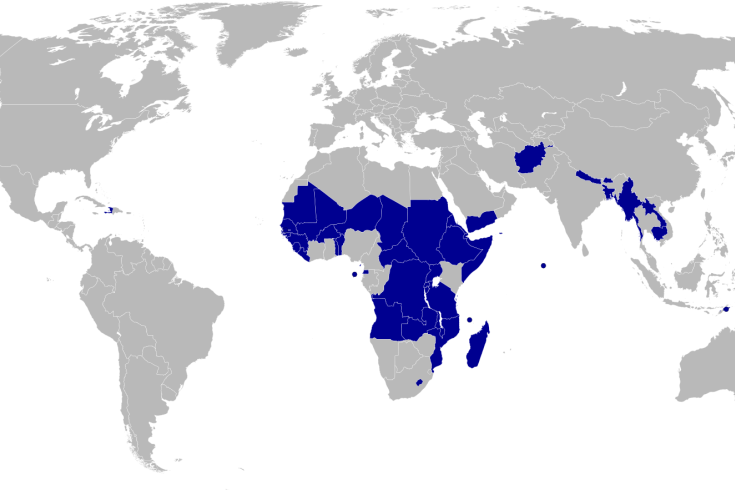The CTBTO and least developed countries
The Fourth UN Conference on the Least Developed Countries took place in Istanbul, Turkey, from 9 to 13 May. The conference was attended by 7,000 participants: stakeholders, including governments, international organisations, civil society organizations, academic institutions and the private sector.
The term Least Developed Country (LDC) is a socio-economic status defined by the UN (“the poorest and weakest segment of the international community”). Forty-eight of the world’s poorest countries are currently classified as LDCs: 33 in Africa, 10 in Asia, four in Oceania and one in the Carribean. The conference examined the implementation of the 10-year action plan to stimulate development in the LDCs endorsed at the previous conference in 2001 and agreed on a new action plan.
Given the economic and social challenges that these countries face, would it be plausible to expect much interest and involvement in the Comprehensive Nuclear-Test-Ban Treaty (CTBT)? Indeed, the numbers clearly show that the LDCs are fully aware of the security and environmental benefits of a global ban on nuclear testing: of the 48 LDCs, 45 have signed the Treaty, of which 33 have also ratified. A number of the LDCs also host stations that are part of the International Monitoring System (IMS).
The term Least Developed Country (LDC) is a socio-economic status defined by the UN (“the poorest and weakest segment of the international community”). Forty-eight of the world’s poorest countries are currently classified as LDCs: 33 in Africa, 10 in Asia, four in Oceania and one in the Carribean. The conference examined the implementation of the 10-year action plan to stimulate development in the LDCs endorsed at the previous conference in 2001 and agreed on a new action plan.
Given the economic and social challenges that these countries face, would it be plausible to expect much interest and involvement in the Comprehensive Nuclear-Test-Ban Treaty (CTBT)? Indeed, the numbers clearly show that the LDCs are fully aware of the security and environmental benefits of a global ban on nuclear testing: of the 48 LDCs, 45 have signed the Treaty, of which 33 have also ratified. A number of the LDCs also host stations that are part of the International Monitoring System (IMS).

The world's 48 LDCs. Click to enlarge.
The Treaty is about the future of your security and the future of your environment.
Tibor Tóth, Executive Secretary of the Preparatory Commission for the Comprehensive Nuclear-Test-Ban Treaty Organization (CTBTO), took part in the conference, see UN press release. He explained how the CTBTO’s contribution to disaster mitigation could help the least developed countries, which are most affected by climate change and natural disasters.
All 182 Member States of the CTBTO have the right to receive monitoring data and International Data Centre (IDC) processing results. This democratic approach represents a significant change to pre-CTBT times, when only a handful of the highly developed nations could monitor nuclear tests. On the other hand, the global coverage of the IMS exceeds the individual capabilities of even the technologically most sophisticated country.
A $1 billion system with more than 1,000 top-notch scientists at hundreds of high-tech facilities worldwide at your disposal every hour of the day.
In order to increase the capability ? particularly of developing countries ?to participate in the verification regime, the CTBTO has launched a range of capacity building activities. Apart from workshops, training and exercises and a series of lectures on the CTBT, these include virtual training and capacity building tools through comprehensive e-learning modules with access to Internet-based lectures and tutorials. Selected scientists and engineers from developing countries are offered on-the-job training at the CTBTO in Vienna. Many of these activities are funded through voluntary contribution, in particular by the European Union.
16 May 2011
